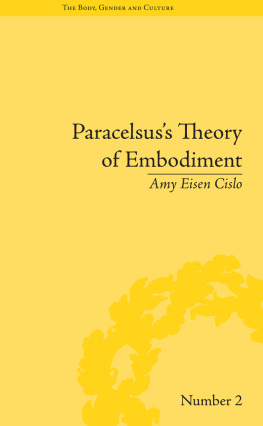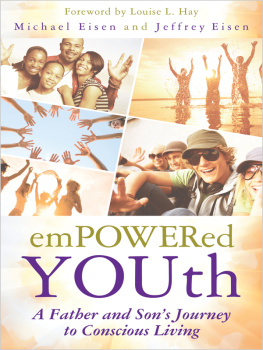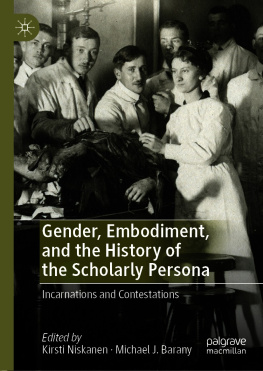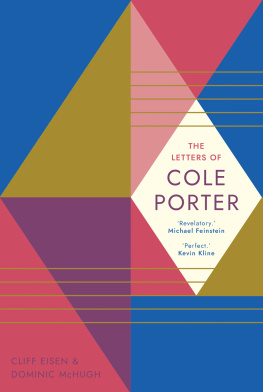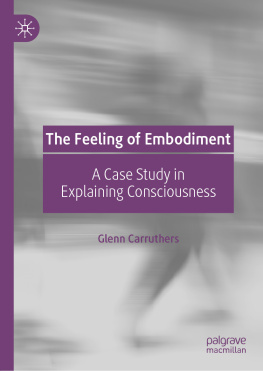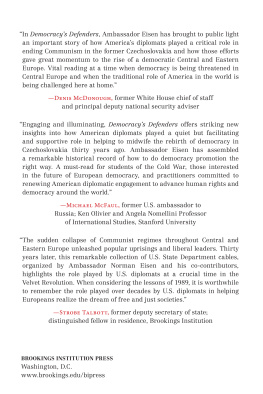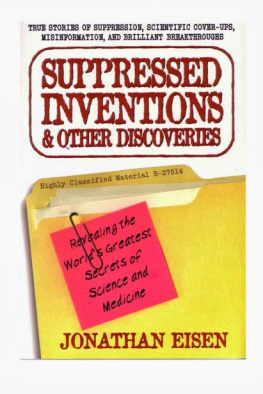PARACELSUS'S THEORY OF EMBODIMENT: CONCEPTION AND GESTATION IN EARLY MODERN EUROPE
THE BODY, GENDER AND CULTURE
Series Editors : Lynn Botelho
Elizabeth Hurren
TITLES IN THIS SERIES
1 Courtly Indian Women in Late Imperial India
Angma Dey Jhala
FORTHCOMING TITLES
Old Age and Disease in Early Modern Medicine
Daniel Schfer
The Life of Madame Necker: Sin, Redemption and the Parisian Salon
Sonja Boon
The Prostitute's Body: Rewriting Prostitution in Victorian Britain
Nina Attwood
Paracelsus's Theory of Embodiment:
Conception and Gestation in Early Modern Europe
BY
Amy Eisen Cislo
First published 2010
by Pickering & Chatto (Publishers) Limited
Published 2016
by Routledge
2 Park Square, Milton Park, Abingdon, Oxon OX14 4RN
711 Third Avenue, New York, NY 10017, USA
Routledge is an imprint of the Taylor & Francis Group, an informa business
Taylor & Francis 2010
Amy Eisen Cislo 2010
All rights reserved, including those of translation into foreign languages. No part of this book may be reprinted or reproduced or utilised in any form or by any electronic, mechanical, or other means, now known or hereafter invented, including photocopying and recording, or in any information storage or retrieval system, without permission in writing from the publishers.
Notice:
Product or corporate names may be trademarks or registered trademarks, and are used only for identification and explanation without intent to infringe.
BRITISH LIBRARY CATALOGUING IN PUBLICATION DATA
Cislo, Amy Eisen.
Paracelsus's theory of embodiment: conception and gestation in early modern
Europe. (The body, gender and culture)
1. Paracelsus, 1493-1541 Influence. 2. Human anatomy History 16th cen
tury. 3. Medicine, Magic, mystic and spagiric.
I. Title II. Series
610.9'2-dc22
ISBN-13: 978-1-85196-995-1 (hbk)
Typeset by Pickering & Chatto (Publishers) Limited
Contents
I never thought that a three-page class paper would expand into a book, but that is exactly how this project began. In order to complete the requirements of the coursework towards my doctoral degree I reluctantly signed up for a class on witchcraft in Early Modern Germany. The instructor for that class, Gerhild Scholz Williams, asked us to consider the works of writers of the period whose texts were not included in the syllabus. I chose Paracelsus. Within a year I had expanded the paper and presented it at the Sixteenth Century Society Conference. Paracelsus scholar Allen Debus was in the audience and introduced himself after my talk. He encouraged me to stick with the project and that brief exchange led me to keep reading. I returned to the Sixteenth Century Society Conference almost every year thereafter and the feedback, encouragement and support I received from colleagues at those meetings was indispensable towards the final project. I owe my greatest thanks to Gerhild Scholz Williams for introducing me to the early modern period, introducing me to the Sixteenth Century Society and for advising the project when it was my dissertation
In addition to the wonderful feedback I received at conferences, I am grateful to colleagues who read and criticized sections of the manuscript in various forms or who otherwise gave me advice on particular points. The feedback and encouragement from the following colleagues made the project possible: Barbara Baumgartner, Lynn Botelho, Kathleen Crowther, Mary Ann Dzuback, Mary Fissell, Bruce Janacek, Christine Johnson, Bruce Moran, Michael J. Murphy, Linda Nicholson, Walton O. Schalick III, Jole Shakelford, Heinz Schott, Lynne Tatlock, and Andrew Weeks. I repeatedly returned to the works of two scholars I never met, but whose work helped me immensely in trying to figure out Paracelsus: Karl Sudhoff and Walter Pagel. My work would have been impossible were it not for the path that they, and other Paracelsus scholars, forged for me. I am also indebted to the staff of Washington University Libraries, especially the rare book area of Becker Medical Library. In particular, I wish to thank Lilla Vekerdy, who is now at the Smithsonian, for helping me locate every tract I wanted to examine. The many students who took my history of the body class at Washington University between 2007 and 2009 also deserve my thanks for asking good questions and for allowing me the opportunity to share with them the research that I did for . A great deal of thanks goes to Donna Kepley, the administrative assistant for the Women, Gender and Sexuality Studies programme, who helped me stay on top of all my teaching responsibilities during the process of completing this book. My friend Keri Cascio has put up with me for the entire duration of this project and I owe her many thanks. Finally, I wish to thank my family: the Eisens, the Cislos and host family, the Kopshoffs. I especially want to thank my husband, Geoffrey Cislo, and the people who have awakened me at all hours of the night, coloured on the drafts of these chapters, sighed heavily when they found me in my office writing early in the morning, laughed at my distracted attention and repeatedly told me, 'Just finish it already, Mom!'. It took me their entire lives to research and to write it, so it is to them that I dedicate this book: my daughters, Emily Nicole and Caroline Rene Cislo.
He was certainly a loud-mouthed and often drunk and boastful mystic; but he probably did much to deflect alchemy towards improving medical chemistry. His theoretical ideas were too clouded in mysticism to be useful, but in practical medicine he was more effective. He was one of the first to study occupational diseases and he recognized silicosis as a hazard for miners. He realized that goitre and creationism are related; and he used morphine, sulphur and lead in medicine, and mercury, with which he treated the then new disease of syphilis. He gave good descriptions of several types of mental disease, which he saw as an illness and not as due simply to demons. However, he firmly claimed that it is possible to create human life in the laboratory and gave full experimental detail on how to achieve this, starting with the fermentation of a sample of semen.
Paracelsus (Lat.), Theophrastus Bombastus von Hohenheim (Ger.) (14931541) The Cambridge Dictionary of Scientists (2002).
The above excerpt gives a glimpse of the way Paracelsuss contribution to the field of medicine is usually assessed. Other reference sources call him the father of modern chemistry or the father of modern pharmacology. His character flaws: drunkenness and abrasiveness, usually serve as qualifiers to his absurd contention that he could create human life in a laboratory. There are two major problems with this assessment. On the one hand, his drunkenness was documented by a student of his named Johannes Oporinus (150768) which raises the question of how accurately the student described his mentor. Contrary to popular belief, Paracelsus firmly believed in the sanctity of human life and spent many years contemplating the degree to which God played a role in forming human bodies.
The bizarre and inaccurate descriptions of Paracelsus did not begin in the modern era, but rather are part of a legacy tied to his quest to define himself as a new and different kind of doctor. He vehemently opposed scholastic medicine that relied on the teachings of Aristotle and instead focused on observing nature and reflecting on Biblical teachings to understand the human body. His detrac


